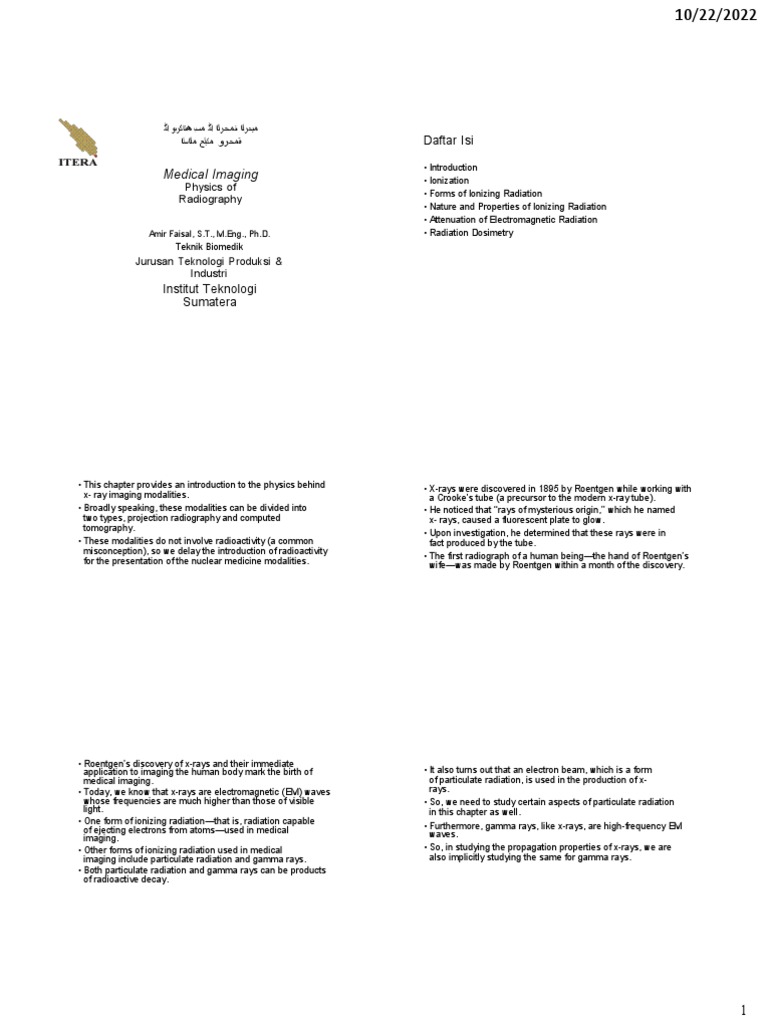Within the realm of healthcare, the field of radiologic physics serves as the cornerstone of diagnostic imaging and therapeutic interventions. As the world leans increasingly towards technologically advanced medical diagnostics, aspiring practitioners often find themselves in pursuit of radiologic physics certifications. However, the question pervades: What is the pass rate for radiologic physics examinations? To explore this query, one must delve into a myriad of factors that influence the probability of success.
To better comprehend the nuances surrounding pass rates, one may liken the journey through radiologic physics certification to a meticulously orchestrated symphony. Every instrument, much like the various components of study—textbooks, practice exams, and hands-on experience—plays an integral role in achieving harmony. The overall success depends not only on individual effort but also on the interplay of these elements.
Firstly, it is crucial to recognize the distinction between the different types of examinations prospective radiologic physicists may encounter. Generally, these assessments may include boards for diagnosis, medical physics, and technology-specific segments. Each category boasts its own unique criteria, making it pivotal for examinees to navigate their studies with precision akin to a sailor charting a course through treacherous waters.
Statistics suggest that pass rates can vary significantly based on several factors. For instance, historical data indicates that the average pass rate for the American Board of Radiology (ABR) certification exams hovers around 60%, though this figure can fluctuate significantly depending on the examination cycle and the rigor of the prepared candidates. This percentage, much like the tides, ebbs and flows with the tide of educational advancements and evolving textbooks that redefine the core principles of radiologic physics.
Furthermore, the demographic of examinees plays a critical role in shaping these statistics. Individuals entering the profession have differing backgrounds, educational experiences, and levels of preparedness. A seasoned technologist transitioning to a more technically demanding role may reflect a higher pass rate than a newcomer with limited exposure to the fundamental theories and practices of medical imaging. Essentially, the surface area of knowledge and experience may inadvertently cast long shadows of uncertainty in the form of lower passing rates for the less prepared.
Time management is another crucial factor often overlooked by candidates. The preparation phase of radiologic physics examinations requires an astute balance of time: time spent studying, revisiting complex theories, and mastering practical applications must be meticulously allocated. Much like the delicate balancing act of a tightrope walker, proficiency comes from practice and confidence born of thorough preparation. Those who successfully navigate these time constraints typically emerge victorious at the other end of their examinations.
Community support can also serve as a vital catalyst in promoting higher pass rates. Groups formed around study resources and shared experiences enable candidates to tap into the collective knowledge of their peers. Whether it is through forums, study groups, or online platforms, collaboration fosters an environment ripe for inquiry and discussion, creating a supportive ecosystem reminiscent of a thriving ecosystem in the rainforest, where species flourish interdependently.
Moreover, it is important to consider the impact of preparatory materials on examinees’ success rates. Access to comprehensive review resources, including textbooks, online lectures, and practice examinations, can affect outcomes immensely. Daunting as the path may seem, informed educators often provide invaluable insights that simplify the convoluted maze of theoretical formulations and practical applications. Thus, preparatory courses—like a compass—guide candidates toward the core of what they need to know.
Interestingly, enthusiasm for radiologic physics can significantly buoy an individual’s journey toward certification. A passion for the intricate relations between electromagnetic radiation, atoms, and the human body fosters intrinsic motivation—to delve deeper than surface-level understanding into the fundamental principles shaping the industry. This fervor often correlates to greater retention of information, thereby enhancing the likelihood of passing crucial examinations.
As with many academic exploits, the psychological dimensions of test-taking cannot be overlooked. Test anxiety can manifest as an insidious aversion that persuades individuals, regardless of their preparation, to falter amidst the assessment. Techniques to ameliorate anxiety—including mindfulness practices and simulation of examination scenarios—can assist candidates in facing their examinations with poise and self-assurance. Banishment of self-doubt is vital, akin to clearing fog from a once-obscured landscape.
In conclusion, the pass rate for radiologic physics examinations rests upon an intricate web of factors, ranging from the quality of preparation and community support to individual motivation and time management. By embracing a multifaceted approach that highlights the art and science of studying, candidates can significantly improve their chances of success in this demanding field. As one navigates the waters of radiologic physics, resilience, dedication, and an unwavering commitment to lifelong learning can ultimately illuminate the path toward proficiency and accomplishment. In this dynamic interplay of challenges and triumphs, the allure of radiologic physics unfolds as a journey rich with both intellectual vigor and personal growth.












